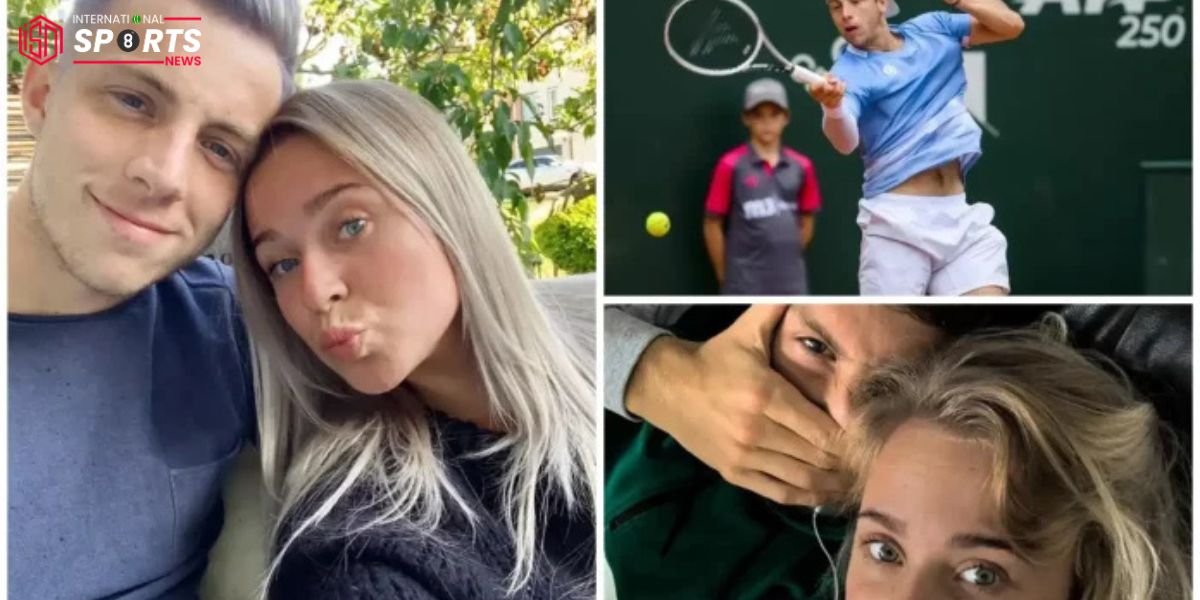Introduction:
As an athlete, recovering from an injury can be a long and arduous journey. Whether it’s a minor sprain or a serious fracture, the amount of rest and rehabilitation needed to get back into the game can be intimidating. Fortunately, medical professionals are standing by to help athletes through their injuries and back to their full potential. In this blog post, we’ll discuss how doctors can help athletes heal and recover from injuries. From the latest treatments to preventative care, medical experts have a wide range of strategies to keep athletes healthy and performing at their best. For athletes, staying in top form is important for success. But when an injury does happen, it’s essential to have medical experts available to help. Doctors Email List has compiled a comprehensive list of medical professionals specializing in sports-related injuries so that athletes can quickly and easily find the support they need for healing. In this blog post, we will discuss how doctors can help athletes recover from injuries.
Understanding Sports Injuries
In sports, injuries are inevitable, and athletes are bound to encounter them at some point. These injuries can range from mild sprains to severe fractures or even concussions. It’s important to understand that injuries are a normal part of the athletic journey, but they need to be treated with the utmost care to ensure a quick and safe recovery.
An athlete’s body undergoes intense physical strain during training and competition, increasing their susceptibility to injuries. Often, sports injuries are caused by repetitive motions or overuse, while others may occur as a result of collisions, falls, or other types of accidents.
Some common sports injuries include:
– Strains and Sprains: These are injuries that affect muscles and ligaments and result from overuse or stretching beyond their normal limits.
– Fractures: Broken bones are one of the most severe sports injuries and often require significant recovery time.
– Concussions: A blow to the head or a sudden jerk can cause a concussion, which is a traumatic brain injury that can lead to significant short-term and long-term consequences if not properly treated.
In some cases, athletes may try to push through the pain, believing that rest will only impede their progress. However, continuing to play through an injury can worsen the injury and lead to a longer recovery time.
That’s where medical professionals come in to help. Doctors have the training and expertise to identify, diagnose, and treat sports injuries effectively. Their role in athlete recovery is vital and can significantly affect an athlete’s ability to get back to the sport they love. In the next section, we’ll delve into how doctors can help athletes recover from injuries.
The Role of Doctors in Athlete Recovery
Sports injuries are inevitable for athletes, regardless of the level of competition they participate in. That’s where the role of doctors in athlete recovery comes in. These medical experts play an essential part in the athlete’s journey to healing and regaining optimal physical condition.
One of the critical roles of doctors in athlete recovery is to accurately diagnose the extent of the injury. Without an accurate diagnosis, treatment options could be inappropriate and may even lead to worsening the condition. Doctors will perform various tests and evaluations to determine the injury’s cause, location, and severity. From there, they will recommend the best course of treatment to aid in the healing process.
Treatment options will depend on the injury’s severity and type. In some cases, a few days of rest, ice, compression, and elevation (R.I.C.E) may be enough to alleviate pain and swelling. Other injuries may require medication, immobilization, or physical therapy. Doctors must monitor the patient’s progress to adjust treatment plans accordingly and avoid further complications.
Doctors play a critical role in collaborating with other healthcare professionals, including physical therapists, athletic trainers, and nutritionists. Together, they will develop a comprehensive rehabilitation program that will help athletes regain their strength, mobility, and flexibility. They will also develop a follow-up care plan that will ensure the athlete’s recovery is on track.
While doctors and other healthcare professionals can do their part, athletes must also do their share to speed up the healing process. This includes getting enough rest, staying hydrated, eating a well-balanced diet, and avoiding any activities that could aggravate their injury.
Accurate Diagnosis and Treatment Options
The first step towards healing from a sports injury is obtaining an accurate diagnosis. Doctors play a critical role in accurately identifying the root cause of an athlete’s injury. This requires conducting thorough physical exams, reviewing imaging tests like X-rays and MRIs, and consulting with other healthcare professionals to obtain a complete picture of the athlete’s health.
Once the diagnosis is made, the doctor will develop a personalized treatment plan that considers the athlete’s specific injury and overall health status. This may include physical therapy, medication, rest, or in some cases, surgery. The goal of treatment is to reduce pain, promote healing, and prevent further damage or injury.
It’s important to note that treatment options will vary based on the nature and severity of the injury, as well as the athlete’s individual needs and goals. A professional athlete’s recovery process, for example, may involve more intensive treatments and a longer rehabilitation program than an amateur athlete with a less severe injury.
One important consideration for doctors when developing a treatment plan is the athlete’s preference for non-invasive treatment options. While surgery can be effective for some injuries, many athletes prefer to try non-invasive treatments first. Doctors may recommend non-surgical options like physical therapy, massage, or chiropractic care, as well as complementary treatments like acupuncture, yoga, or meditation.
Ultimately, the most effective treatment plan is one that is tailored to the athlete’s individual needs and goals. By working closely with athletes, doctors can develop a plan that optimizes their chances for a full recovery.
Tips for Athletes to Speed up the Healing Process
When it comes to recovering from an injury, athletes often want to get back to their sport as soon as possible. While rest and proper medical care are essential, there are also some tips that athletes can follow to help speed up the healing process. Keep in mind these things
1. Follow Your Doctor’s Orders
This may seem like a no-brainer, but it’s important to listen to your doctor and follow their treatment plan. This includes taking any medications as prescribed and attending all follow-up appointments.
2. Get Enough Rest
Adequate rest is essential for healing. It’s important to get enough sleep each night and to take time off from sports or other physical activities while you heal.
3. Use RICE
RICE stands for rest, ice, compression, and elevation. This technique can help reduce swelling and pain after an injury. Apply ice packs to the affected area for 20 minutes at a time, several times a day, and elevate the injured area to reduce swelling.
4. Do Gentle Exercise
Once your doctor has given you the go-ahead, gentle exercise can help speed up the healing process. Low-impact activities like walking, swimming, and yoga can help improve circulation and promote healing.
5. Focus on Nutrition
Eating a healthy, balanced diet is important for overall health and healing. Eat lots of produce, lean meats, and whole grains to be healthy.6. Stay Hydrated – Drinking enough water is important for flushing out toxins and promoting healing. Drink at least eight glasses of water a day.7. Stay Positive – Recovery can be frustrating, but it’s important to stay positive and focus on the progress you’re making. Surround yourself with supportive friends and family and talk to a mental health professional if needed.
Remember, every injury is different, and recovery times can vary. Following these tips, along with your doctor’s advice, can help you get back to your sport as quickly and safely as possible.
Returning to Sports Safely
Once an athlete has completed their rehabilitation program, it’s important to make sure they return to their sport safely. Rushing back too soon can lead to re-injury or even more serious consequences. Here are some tips for safely returning to sports:
1. Consult with the doctor
Before returning to sports, the athlete should have a final consultation with their doctor to make sure they are physically ready to play.
2. Gradual Return
The athlete should gradually return to their sport. They can start by participating in light practices before progressing to full practices and games.
3. Monitor Progress
The athlete should closely monitor their progress and pain levels. If they experience pain or discomfort, they should take a step back and let their body fully heal before returning to play.
4. Proper Conditioning
It’s important to continue with strength and conditioning exercises to help prevent future injuries.
5. Protective Equipment
Athletes should wear any necessary protective equipment, such as helmets or knee pads, to help reduce the risk of injury.
Returning to sports after an injury can be a challenging process, but by following these tips and taking the time to heal properly, athletes can safely return to the sports they love. Remember, the most important thing is to listen to your body and not push yourself too hard, too fast.
Author Bio
Richard John is a Marketing Consultant with 4 years of experience in B2B Marketing. Currently, he heads the marketing strategy department at InfoGlobalData, a renowned B2B data solution company based out of Seattle, Washington.











